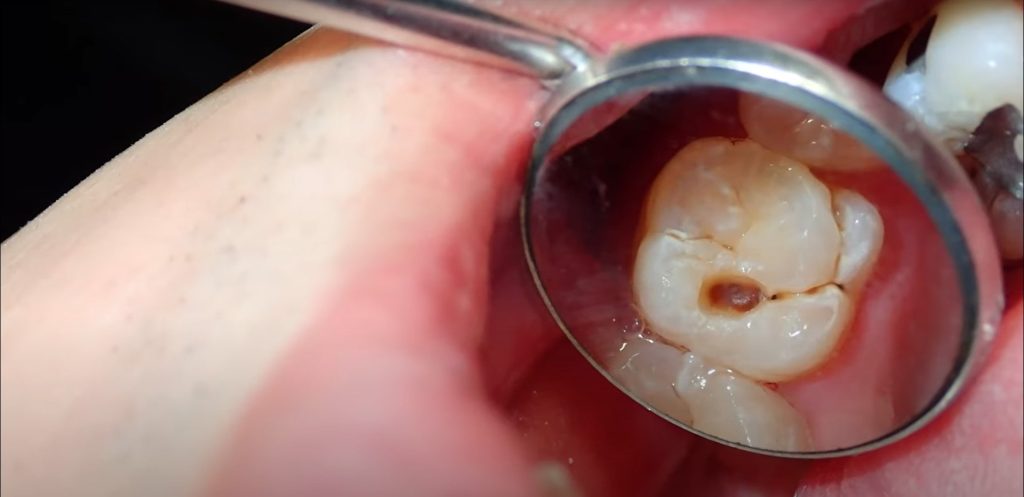Tooth decay is a common dental problem that occurs when the bacteria in your mouth produce acid that eats away at your tooth enamel, the hard outer layer of your teeth. If left untreated, tooth decay can lead to cavities, infections, and even tooth loss. Here’s what you need to know about the causes, symptoms, and treatment of tooth decay.
Causes of Tooth Decay
Tooth decay is caused by a combination of factors, including:
- Poor dental hygiene: Not brushing and flossing regularly can lead to the buildup of plaque, a sticky film of bacteria that can erode your tooth enamel.
- Sugary and starchy foods: Bacteria in your mouth feed on sugar and starch, producing acid that can damage your teeth.
- Dry mouth: Saliva helps to neutralize the acid produced by bacteria in your mouth. If you have a dry mouth, either due to medication or a medical condition, you may be more susceptible to tooth decay.
- Acidic foods and drinks: Acidic foods and drinks, such as citrus fruits and soda, can erode your tooth enamel and make your teeth more vulnerable to decay.
Symptoms of Tooth Decay
The symptoms of tooth decay can vary depending on the severity of the decay. Some common symptoms include:
- Tooth sensitivity: If you experience pain or discomfort when eating or drinking hot, cold, or sweet foods and drinks, you may have tooth decay.
- Pain: If you experience sharp pain when biting down or chewing, you may have a cavity or an infection in your tooth.
- Visible holes or pits in your teeth: If you can see a hole or pit in your tooth, you likely have a cavity.
- Bad breath or a bad taste in your mouth: Bacteria in your mouth can produce foul-smelling gases and a bad taste in your mouth.

Treatment for Tooth Decay
The treatment for tooth decay depends on the severity of the decay. Here are some common treatments:
- Fillings: If you have a small cavity, your dentist may be able to fill it with a dental filling made of composite resin or amalgam. Once upon a time, the use of a material called “amalgam” was common, but today it is not used because of its gray color and the fact that it contains mercury. In our clinic we perform white fillings using a white filling material that does not contain mercury.
- Root canal: If the decay has reached the pulp, the inner part of your tooth, your dentist may need to perform a root canal to remove the infected tissue and restore the tooth.
- Crown: If your tooth has extensive decay or damage, your dentist may need to place a crown, which is a cap that covers the entire tooth.
- Extraction: If the tooth is too damaged to be restored, your dentist may need to extract it.
Prevention of Tooth Decay
The best way to prevent tooth decay is to maintain good oral hygiene habits, including:
- Brushing your teeth twice a day with a fluoride toothpaste.
- Flossing daily to remove plaque and food particles from between your teeth.
- Limiting sugary and starchy foods and drinks.
- Using an antiseptic mouthwash to kill bacteria in your mouth.
- Visiting your dentist regularly for checkups and cleanings.
Have we convinced you that it is important to visit the dentist? Excellent! Click here and book a consultation with us today.





